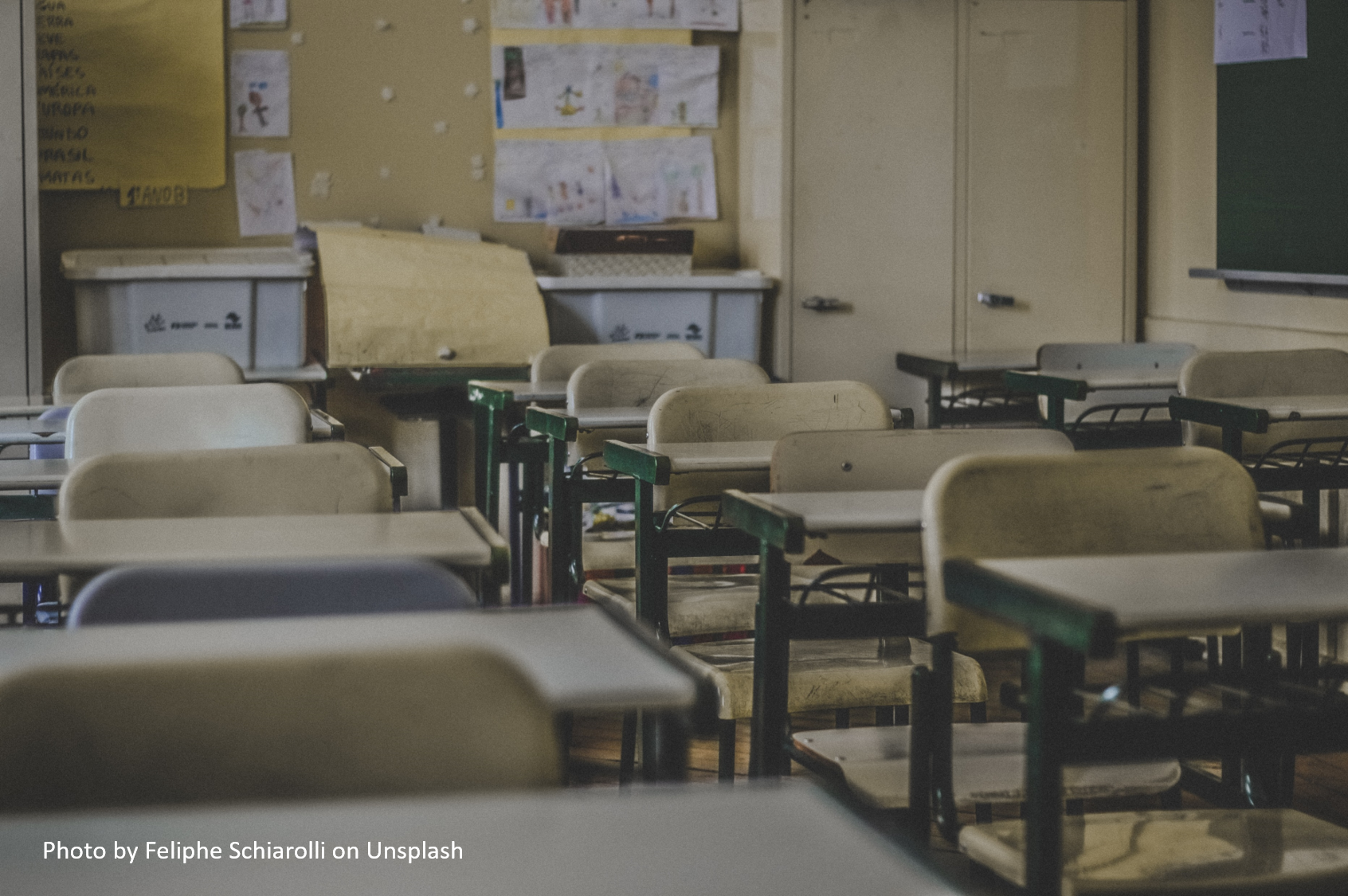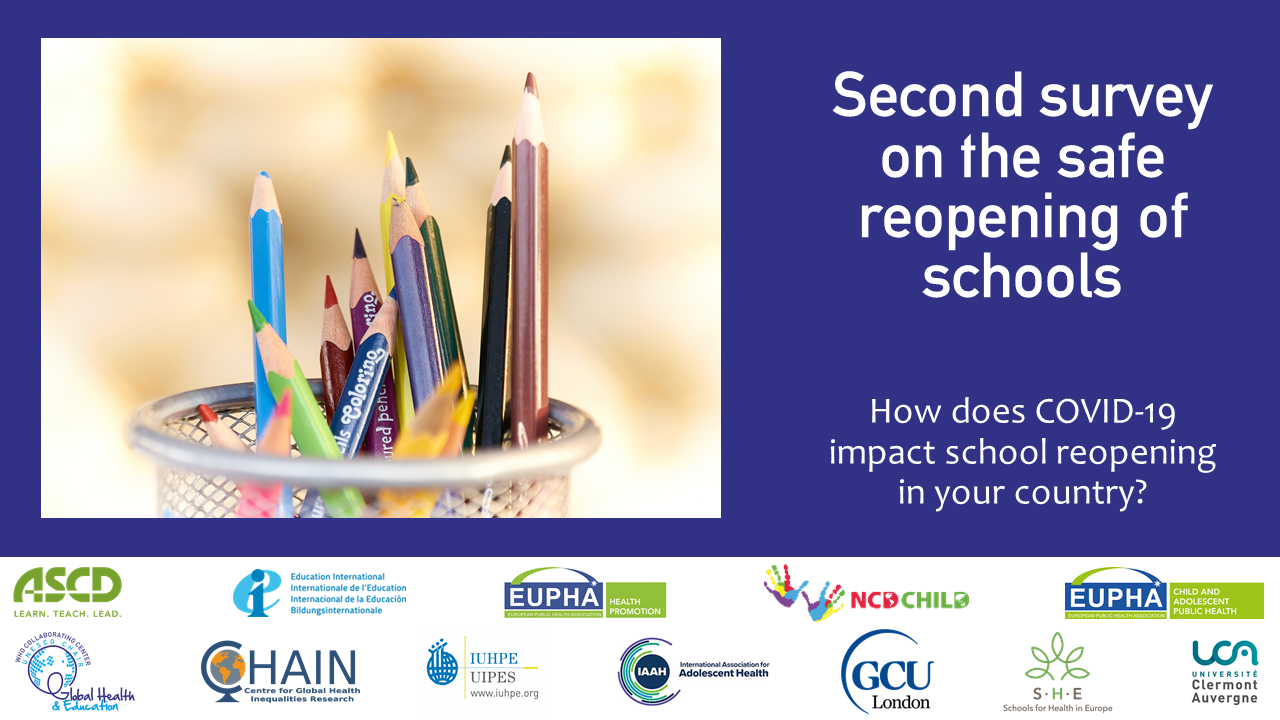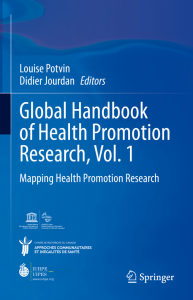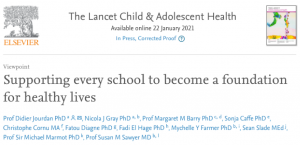Published 2 November 2021, on EdSurge
In the article “School Leaders Take Note: Teacher Care is a Lot More Than Self-Care” the author, Sean Slade, stresses the importance of improving the environments educators are in everyday, in stead of focusing on solutions revolving around “self-care”.
Educators are exhausted but the only solutions they are presented revolve around “self-care,” i.e., rest, relaxation, meditation, physical activity and yoga. These strategies are helpful in addressing the wound, but they do little to nothing to address the cause.
Instead the group climate and culture of schools should be addressed. The environments that educators find themselves in everyday should be improved and at a minimum decrease the stress and increase the supports available in that setting. Then collaboratively, the systems that has been fostered that have caused much of the stress in the first place can be addressed.
How can this be done?
By starting to enhance and improve the ways educators interact and the ways they react to one another. If schools can be built into places of care, support and positive interactions, they buffer the system stresses, and support the self-care that may take place.












 About Didier Jourdan
About Didier Jourdan
